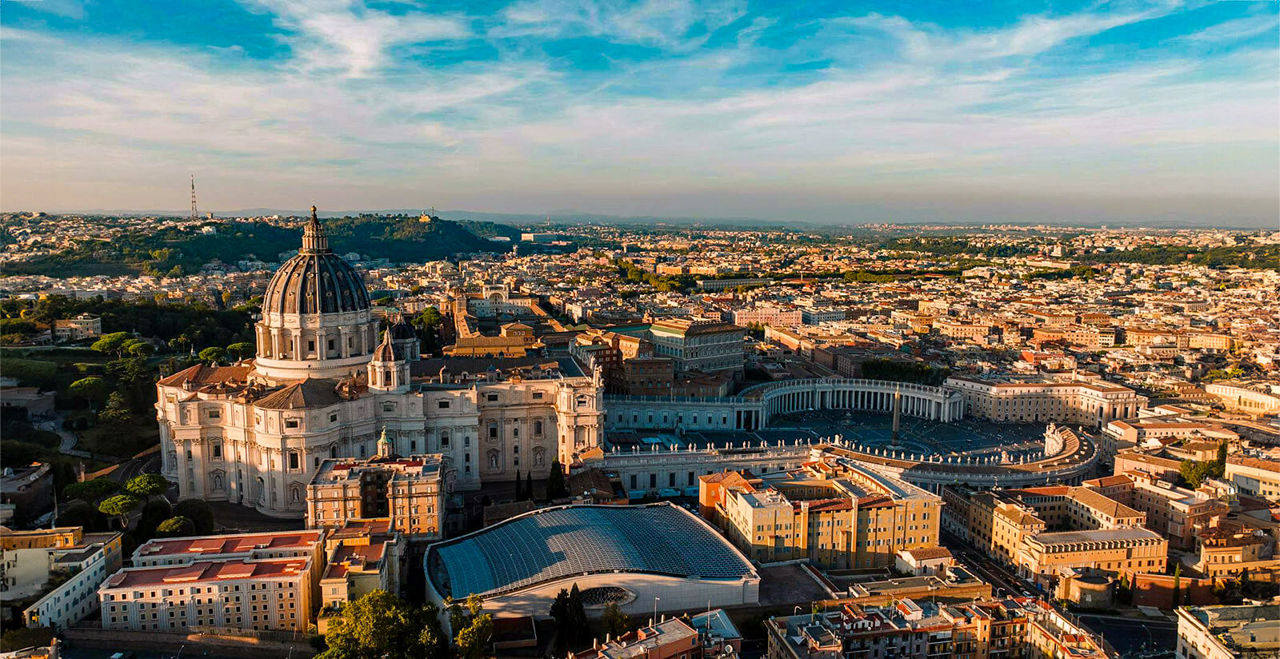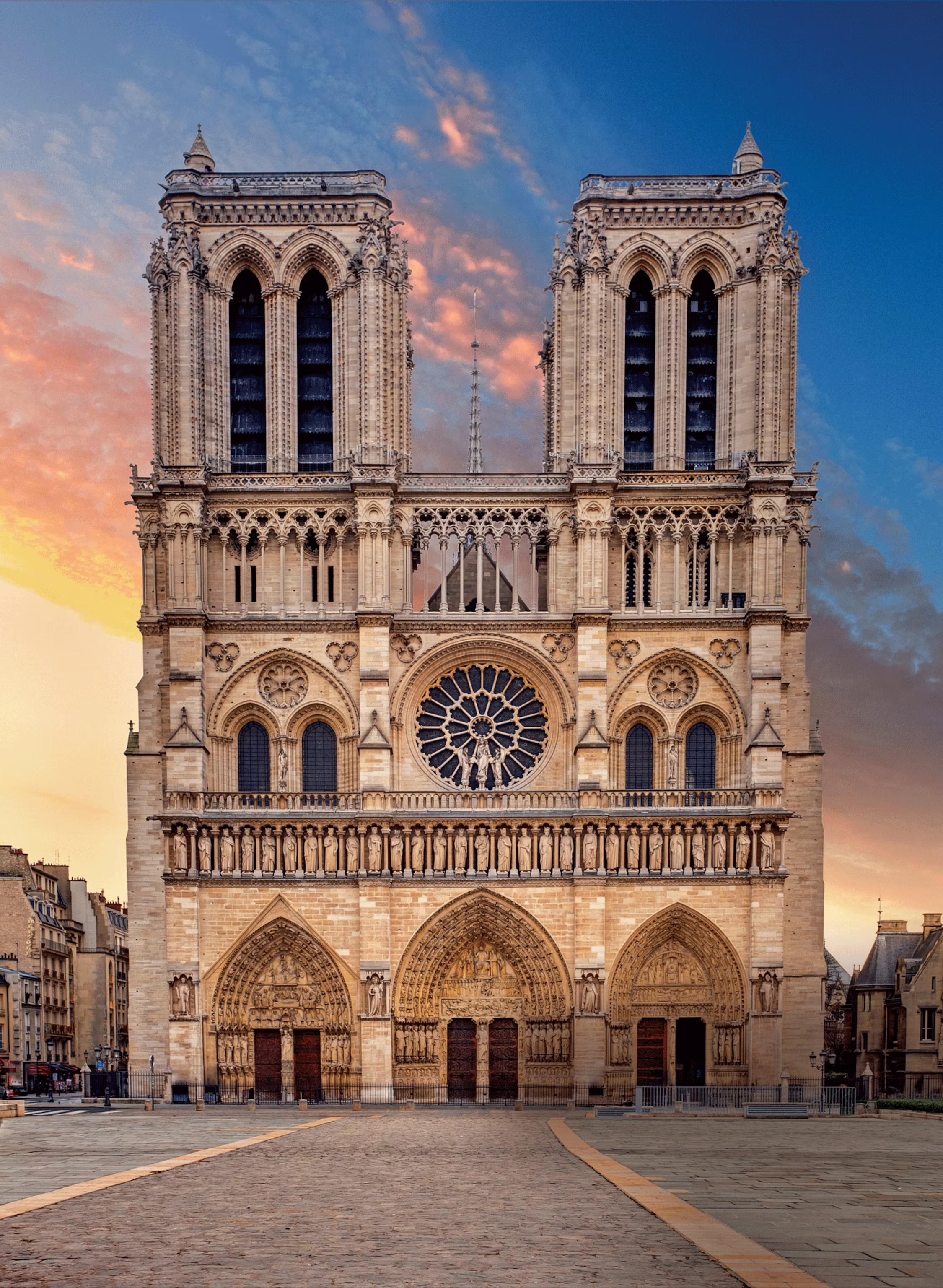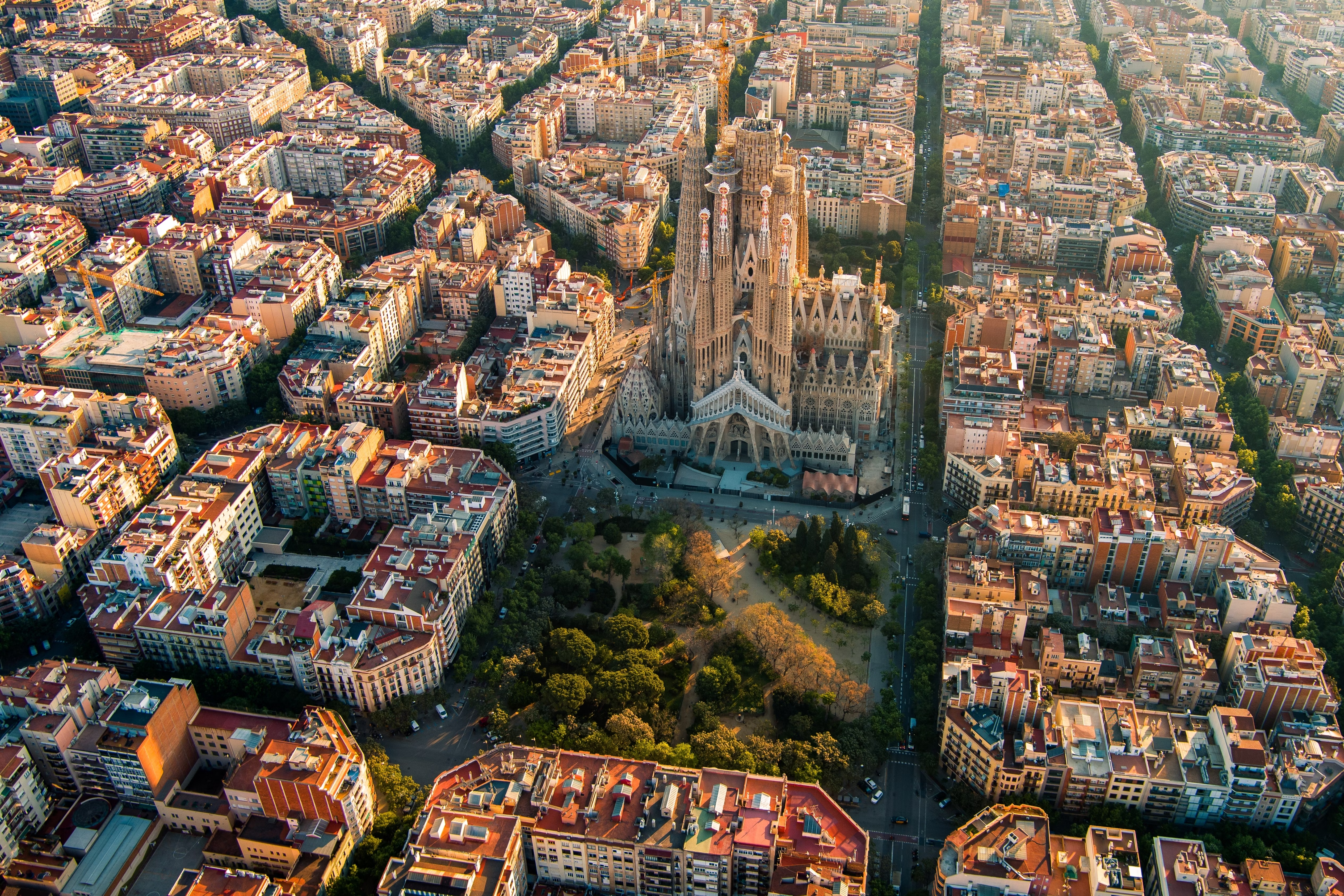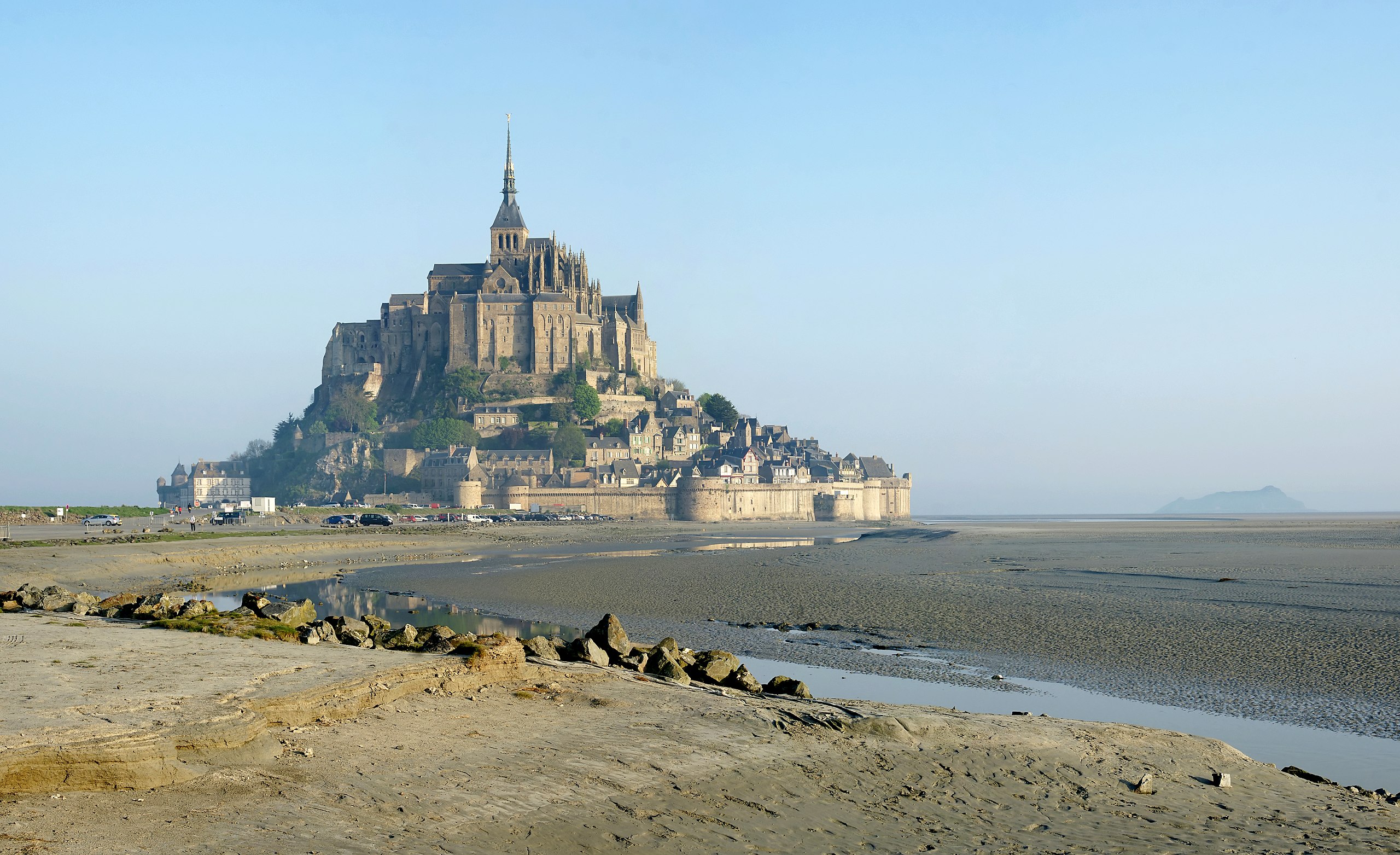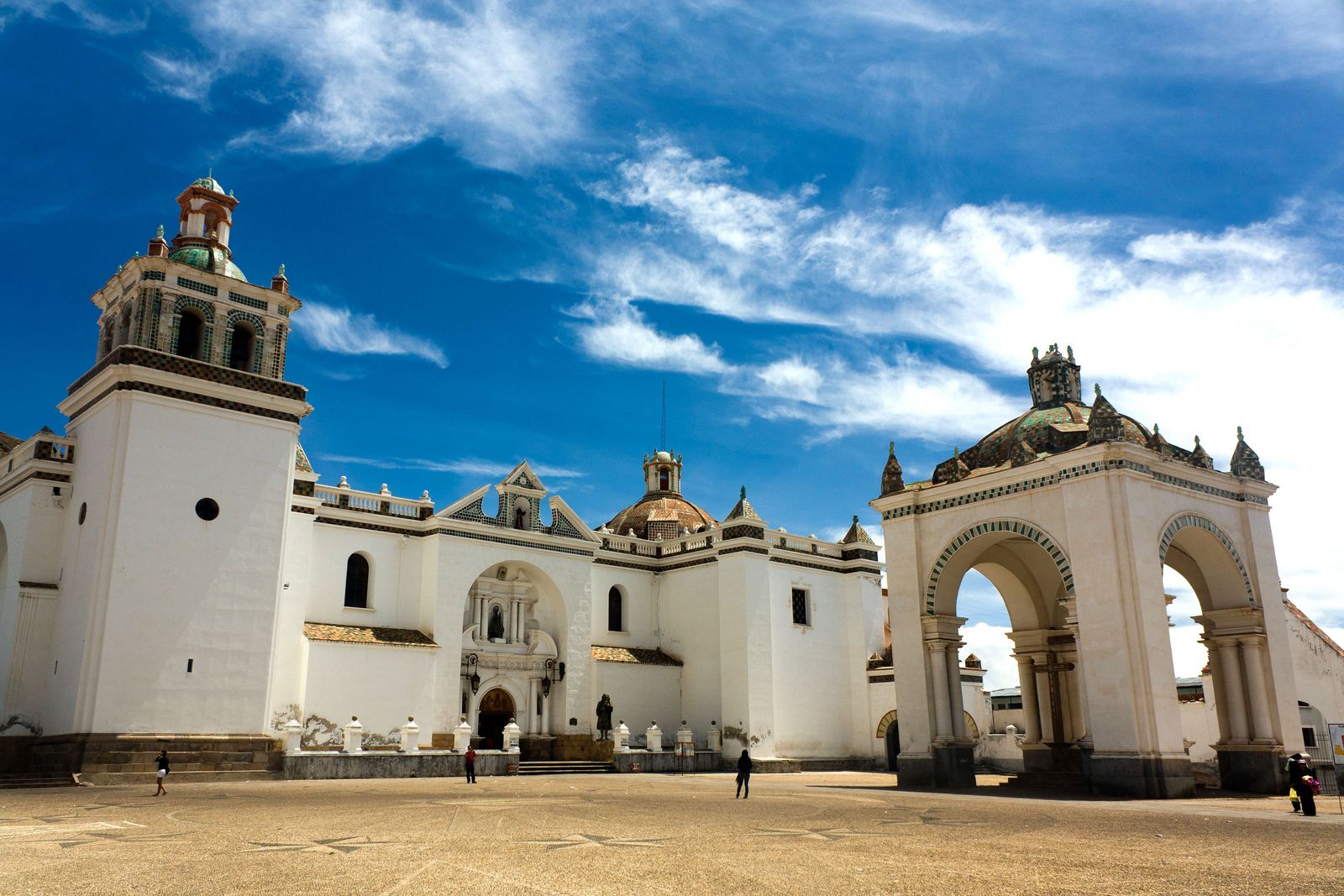
Basilica of Our Lady of Copacabana
A significant pilgrimage site on the shores of Lake Titicaca, housing the venerated statue of the Virgin of Copacabana, the patron saint of Bolivia. The basilica combines Spanish colonial architecture with indigenous Andean elements, reflecting the cultural synthesis that occurred during the colonial period.
Historical Context
Basilica of Our Lady of Copacabana was constructed during the colonial period, specifically between 1610-1651. This era was characterized by significant developments in architectural techniques and religious expression.
The construction was commissioned by the Pope and Church authorities and took place during a time of significant religious and cultural development. The building has survived through centuries of history, witnessing wars, political changes, and cultural transformations.
Over the centuries, Basilica of Our Lady of Copacabana has undergone several renovations and restorations, each adding to its historical significance while preserving its original character and purpose.
